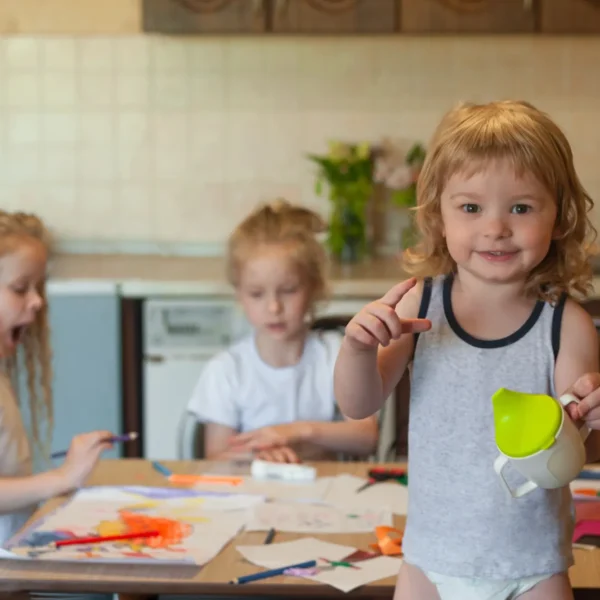
Every parent wants their child to succeed socially – of course! You want them to have close friendships, handle conflict with confidence and communication, and feel a sense of belonging.
So when your child struggles (maybe you’re worried they’re too shy, too reactive, too clingy, too bossy) it’s natural to want to fix them.
But here’s the truth: Your child doesn’t need fixing. They need understanding and skills.
We’re All Wired Differently
From early on, children show distinct social tendencies. Some naturally jump into new situations with ease while others hang back and observe. Some crave independence and push boundaries while others tend to go along with the group.
These behaviors are rooted in personality, and every personality type has both strengths and struggles.
Understanding Beats Resisting
The key isn’t to push your child to “be more confident,” “speak up,” or “stop overreacting.” It’s to pause and ask yourself:
Who are they, really?
What does this behavior tell me about their needs?
Once you understand your child’s personality – whether they’re more feisty, flexible, or fearful – you naturally shift from trying to change them to guiding them.
- A feisty, spirited child doesn’t need to “just calm down.” They need tools to channel their strengths into confidence and leadership.
- A flexible, easygoing child doesn’t need to “just stand up for themselves.” They need encouragement to value and voice their own opinions.
- A fearful, hesitant child doesn’t need to “be braver.” They need a gentle nudge and a steady presence to face fears on their terms.
Empowerment Starts with Acceptance
When your child feels seen and accepted for who they are, not who you wish they would be, they gain confidence. They begin to understand themselves, trust themselves, and grow into their social world with greater resilience.
So the next time your child’s behavior pushes your buttons, pause. Don’t ask, “How do I fix this?” but “What is this behavior telling me about who they are, and how can I help them grow from here?”
It’s the difference between saying, “Why are you being so shy?” and saying, “You know what? Everyone feels a little nervous at first sometimes…”
And after acceptance comes the next essential step: teaching skills.
Skills aren’t taught through judgment or shame. They’re taught through practice, patience, and presence.
You might say:
“Take your time. When you’re ready, I bet you’ll join the group. In the meantime, we can sit here and watch together.”
I know it’s hard to know exactly what to say or do when you’re faced with your child’s big emotions and confusing behaviors, especially the ones that leave you feeling overwhelmed or second-guessing yourself.
That’s exactly why I created the Everything 3–7 Parenting Course – to give you the proven tools to support every kind of child:
- The shy child
- The feisty child
- The people pleaser
- The whiner
- The worrier
- The big-feelings meltdown-er
- And the screen-time battler, bedtime avoider, transition resister…
They’re all in there. And so are the tools you need.
 Decoding Your Child’s Social Style
Decoding Your Child’s Social Style The 6 Parenting Principles That Will Transform Your Parenting Journey
The 6 Parenting Principles That Will Transform Your Parenting Journey



